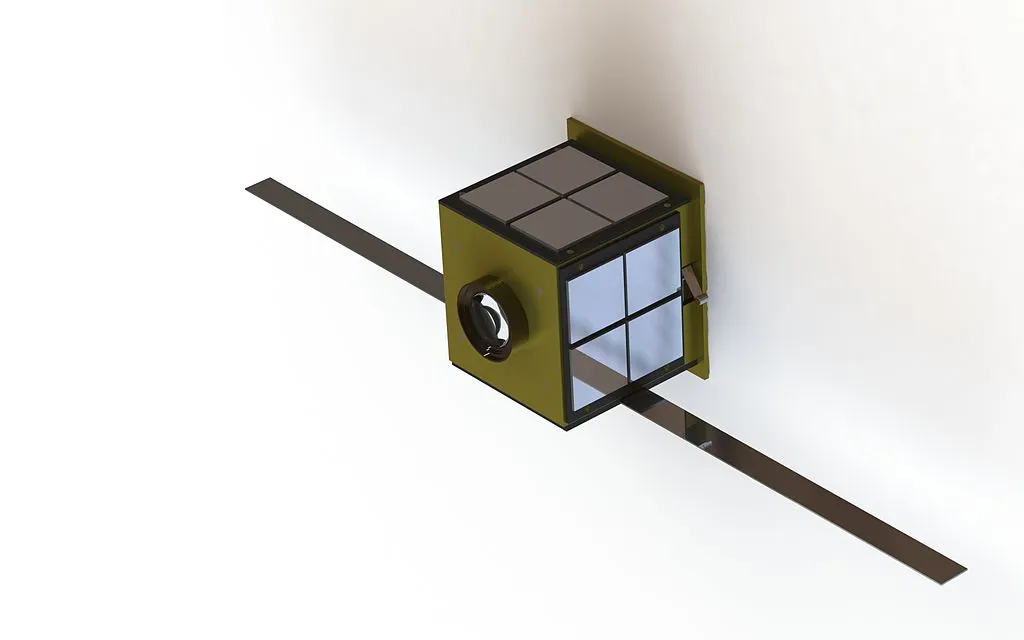
PocketQube: 5cm Cube Satellite that is even smaller than a CubeSat
On October 4th, 1957, former USSR launched Sputnik-1, a 58cm artificial satellite that made Space history by being the first man-made object to orbit around the Earth. Around the turn of the last decade, Universities started getting involved in making Satellites – small Nano Satellites, Satellites that had Smartphones as their Computing nerve center and CubeSats; changing the Space Industry and making Space more accessible! (Read more: How Earth Observation Startups & CubeSats are changing the Industry).
Several Earth Observation companies including PlanetLabs and Skybox Imaging are already utilizing CubeSats for Earth Observation purposes. Just when CubeSats are being touted as the next big thing in Space engineering, PocketQube, a start-up based in Scotland wants to get more people involved in Space engineering by helping them build a 125cm³ (5cm Cube) satellite!
PocketQubes (also known as PocketQub or Pocket Cube) are 5cm cubed spacecraft, proposed by Prof Bob Twiggs of Morehead State University (formerly Stanford). The first 4 PocketQubes made orbit on the 21st of November 2013. – PocketQube
PocketQube offers components and expert support for building your own satellite and in addition, can also help organize the launch of your satellite into Low Earth Orbit. PocketQube is making it really easy for schools and universities or for that matter, anyone who is interested in Space engineering to get hands on experience in building a satellite.
Although, the technical capability of the smart phone sized PocketQube satellite is rather limited, there is no limits to the educational value such a low-cost and easy-to-build satellite will have.
Here’s the link to their website.
Did you like this post? Read more and subscribe to our monthly newsletter!







